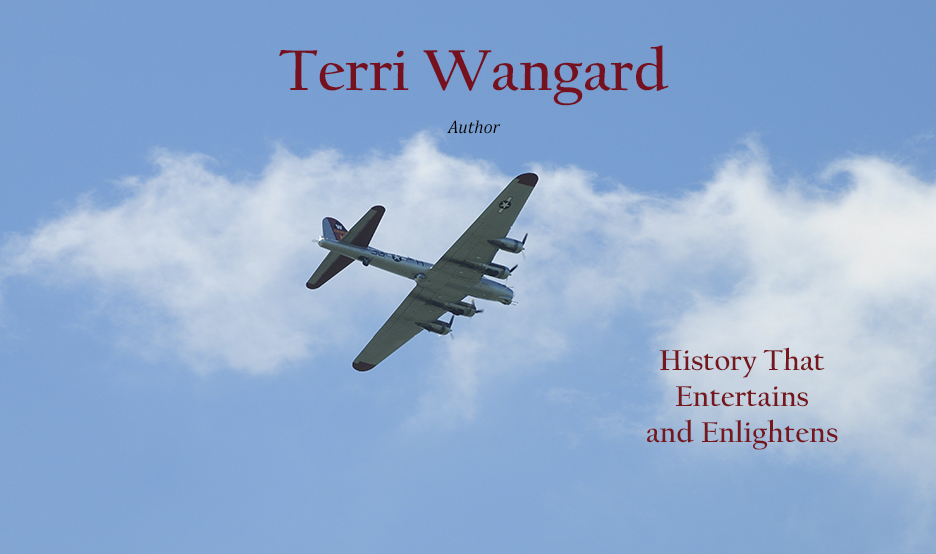The first shot of the war
in the Pacific on December 7, 1941, may not have been fired at Pearl Harbor. A
new book, Dawn of Infamy, traces the
history of a lumber transport ship that may have been the first ship fired on
by the Japanese. The Cynthia Olson
was leased to the Army Transport Service to haul lumber to Hawaii for the
military build-up in response to the threat of war with Japan.
A Japanese submarine
spotted the freighter on December 6 and followed it, waiting to hear the attack
on Pearl Harbor had begun before firing on it. Because the transport was
unarmed, the Japanese commander made the humanitarian gesture of firing across
its bow and allowing the 35 men to abandon ship into their lifeboats.
The men, mostly
Scandinavian-born, naturalized Americans officers and Filipino merchant
mariners, were never seen again.
The radio operator, Private
Sam Ziskind, an enlisted army man, sent out a distress signal and communicated
with a passenger liner, the Lurline,
heading for the West Coast. The Lurline
radio operator asked for their position and Ziskind responded, adding in a “steady
hand” that they were being attacked by a surfaced sub. Their news was flashed
to San Francisco and on to Washington, but the news of the attack on Pearl
Harbor quickly eclipsed their ordeal. A Canadian coastal passenger liner
requisitioned by the military did search for them, but found no trace of the
ship, flotsam, or the two lifeboats.
It was a case of bad luck
that the Cynthia Olson was found by
the enemy. Nineteen other US-flagged ships were underway between the West Coast
and Hawaii that day. Four were heavily laden troopships. Cynthia Olson made the least rewarding target. The ship, built by
the Manitowoc Shipyard in Wisconsin, proved to be a rugged freighter that
remained afloat for a few hours, despite having 40 rounds of high explosives
fired on it.
Eleanor Roosevelt
commented on the lumber ship in her regular Sunday evening radio address, and
FDR made a veiled reference to it in his Day of Infamy address to congress. It
received much coverage in the press, possibly because it occurred within three
or four days steaming of the West Coast, but soon faded from attention and is
today barely known.
Determining whether the Cynthia Olson was fired upon before
bombs fell at Pearl Harbor is made difficult because of the variety of time
zones. Besides Greenwich Mean Time, which the radio operators were to log their
messages, the Japanese sub followed Japan’s time, the Lurline advanced its clock one half hour at midnight while
underway, and Hawaii at the time was at the half hour when the mainland was on
the hour.
Speculation on what
happened to the crew settles on them being adrift until they starved or swamped.
They are now counted among the more than 73,000 service personnel not recovered
following World War II. The two soldiers, Private Ziskind and Private
Davenport, the medic, are listed among service member killed at Pearl Harbor
and memorialized at the National Memorial Cemetery of the Pacific, known as the
Punchbowl.



Once again very interesting!
ReplyDelete